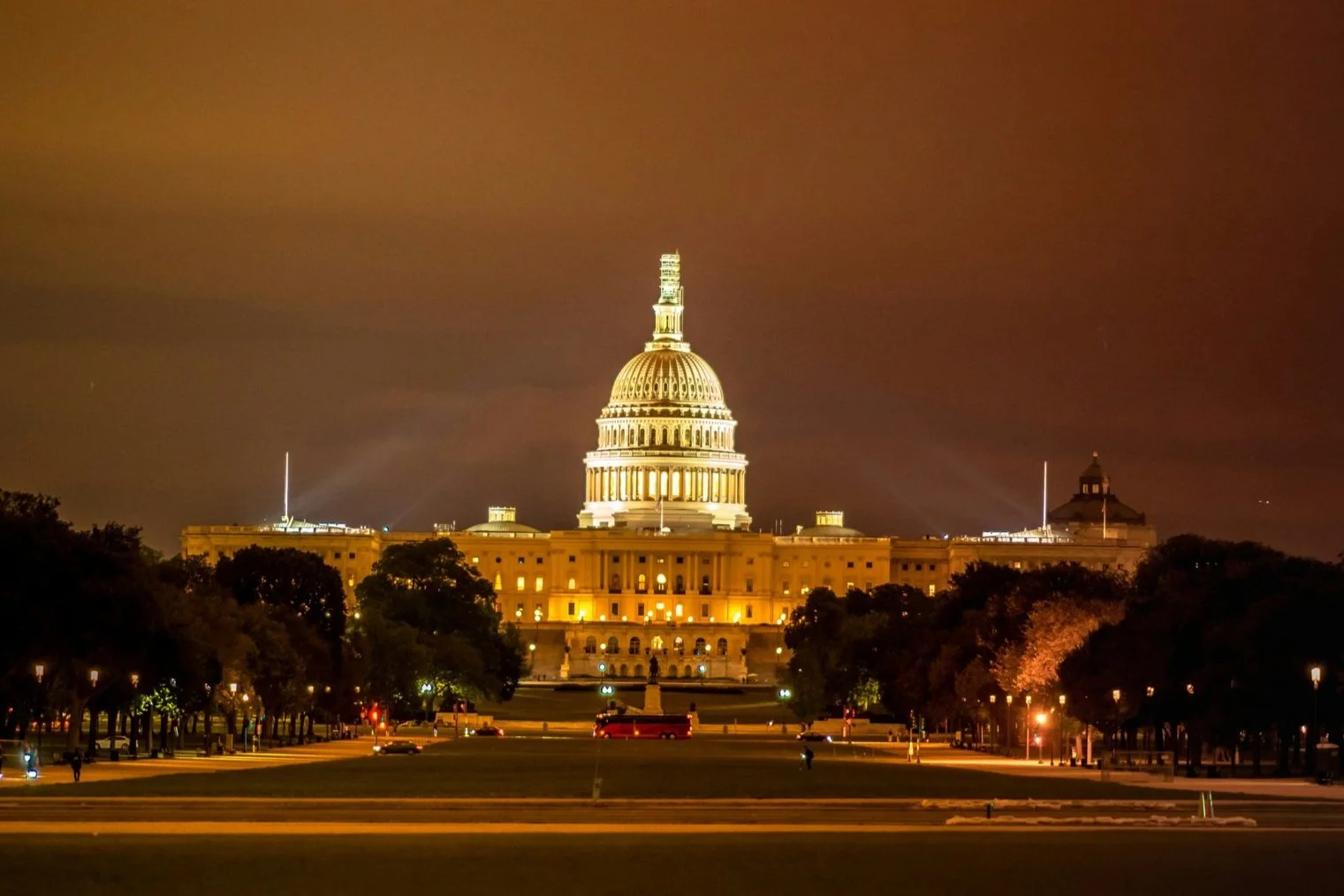Energy
The US Department of Energy reports that “well under one percent of light generated by luminaires reaches an occupant’s eye.” In other words, at any given moment, at least 99 percent of the artificial light we produce is not used by the human eye to interpret its surroundings. This excessive lighting is a waste of energy and money.
There are significant cost and energy savings to be had as well, when we use light more efficiently. Light pollution in the U.S. alone accounts for roughly $3 billion per year. That’s energy wasted, at night, when most of us are asleep. According to the D.C. Department of Energy and Environment, building energy use accounts for nearly 75% of the city’s greenhouse gas emissions. Reigning in excessive nighttime lighting would help the District meet its commitment of becoming carbon neutral by 2050.
All lighting should have a clear purpose, and we understand that there are many reasons that we light up when it is dark outside. We rely on it for our personal safety in regard to both crime and road conditions. But it doesn’t always hold up under scrutiny that bright lights necessarily increase personal safety.
In the midst of Houston’s LED streetlight conversion, Rice University researchers challenged “the common perception that more streetlights lead to fewer crimes… (We find) a much muddier picture, suggesting that crime is a reflection of other neighborhood contexts… Cities should be cautious in expecting direct reductions in crime with the introduction of more streetlights.”
Similarly, more light does not necessarily make us safer when moving around. The Illuminating Engineering Society of North America (IES) sets roadway lighting standards, and they state, “More light is not always correlated with better visibility, as inappropriately designed lighting can increase visibility-reducing factors such as glare.”
This is a problem that we cannot afford to ignore because light pollution is increasing at a phenomenal rate. Nights are becoming around 10% lighter each year and the latest calculation shows that it is doubling every eight years. The fastest rate of change is in North America.
Reducing light pollution is a readily available win-win solution. It directly protects biodiversity by lessening the impact of excessive light on plants and animals immediately. And by reducing energy demand at night, it reduces greenhouse gas emissions and aids in long-term protection strategies.
Beyond cost and energy savings, the higher efficiency of LED lights provides other benefits, including reduced carbon emissions, helping cities reach carbon reduction goals, reduced light pollution from less light being directed into the night sky due to optical control, and greater perceived public safety because of improved visibility through better color rendering and more uniform lighting distribution.





